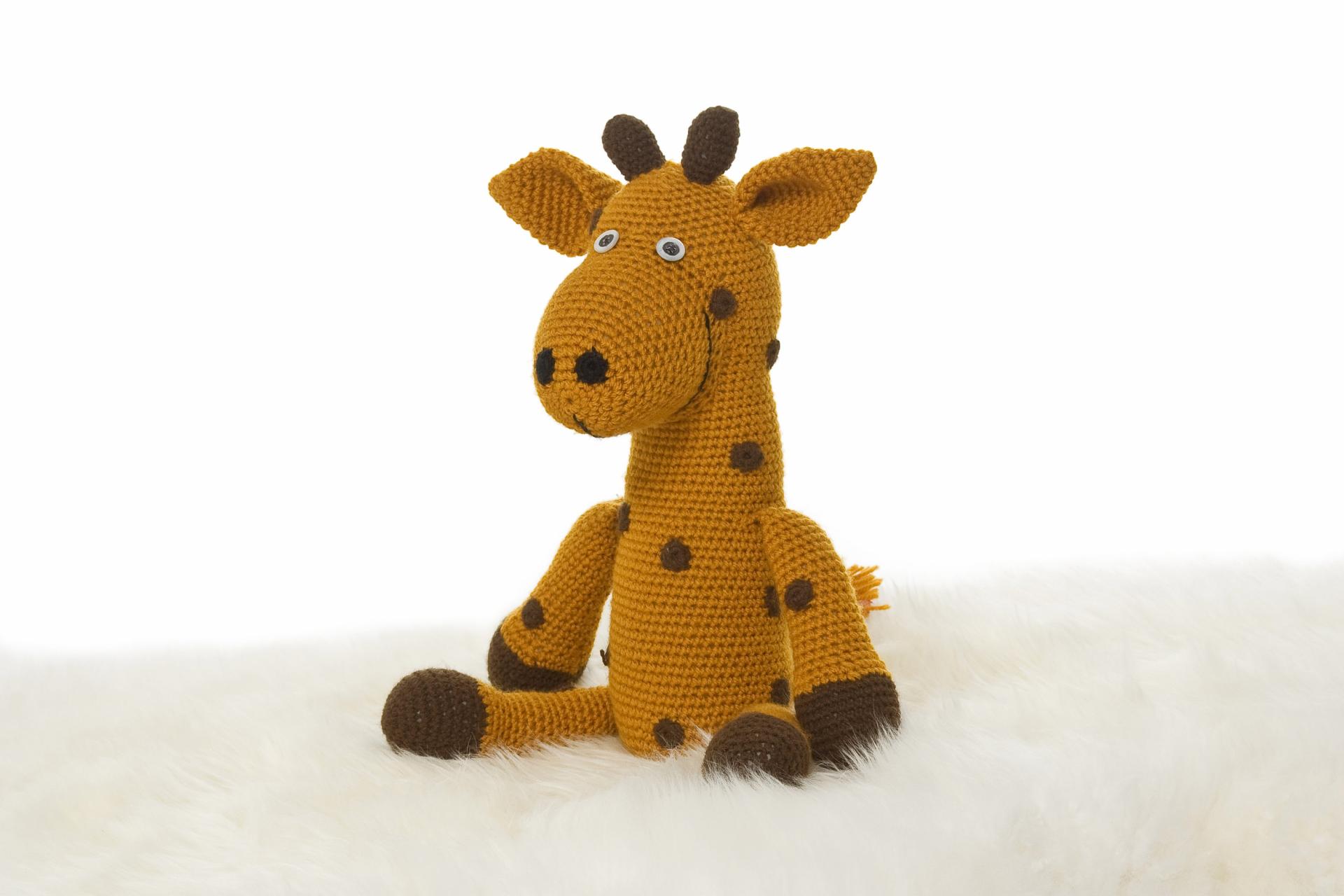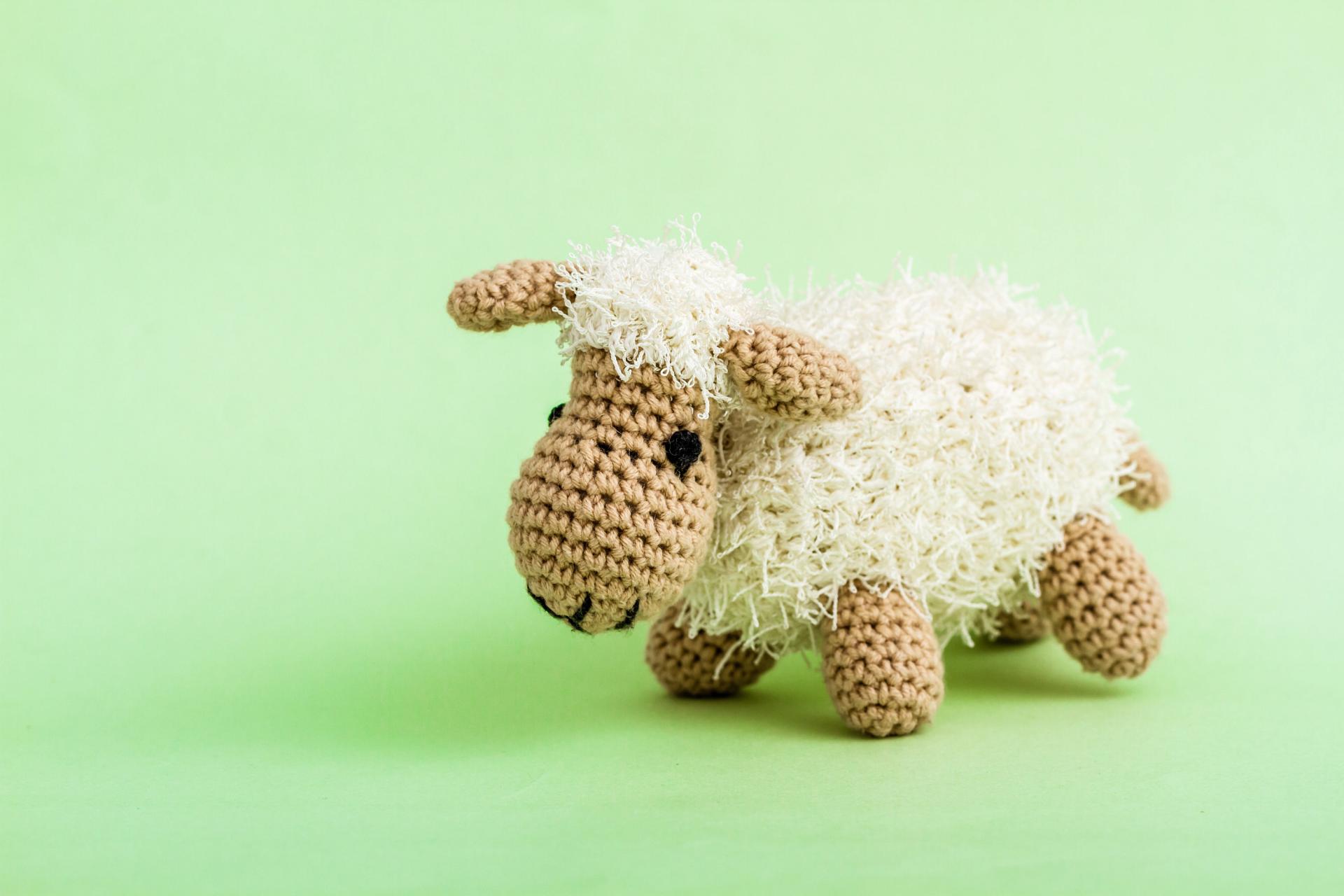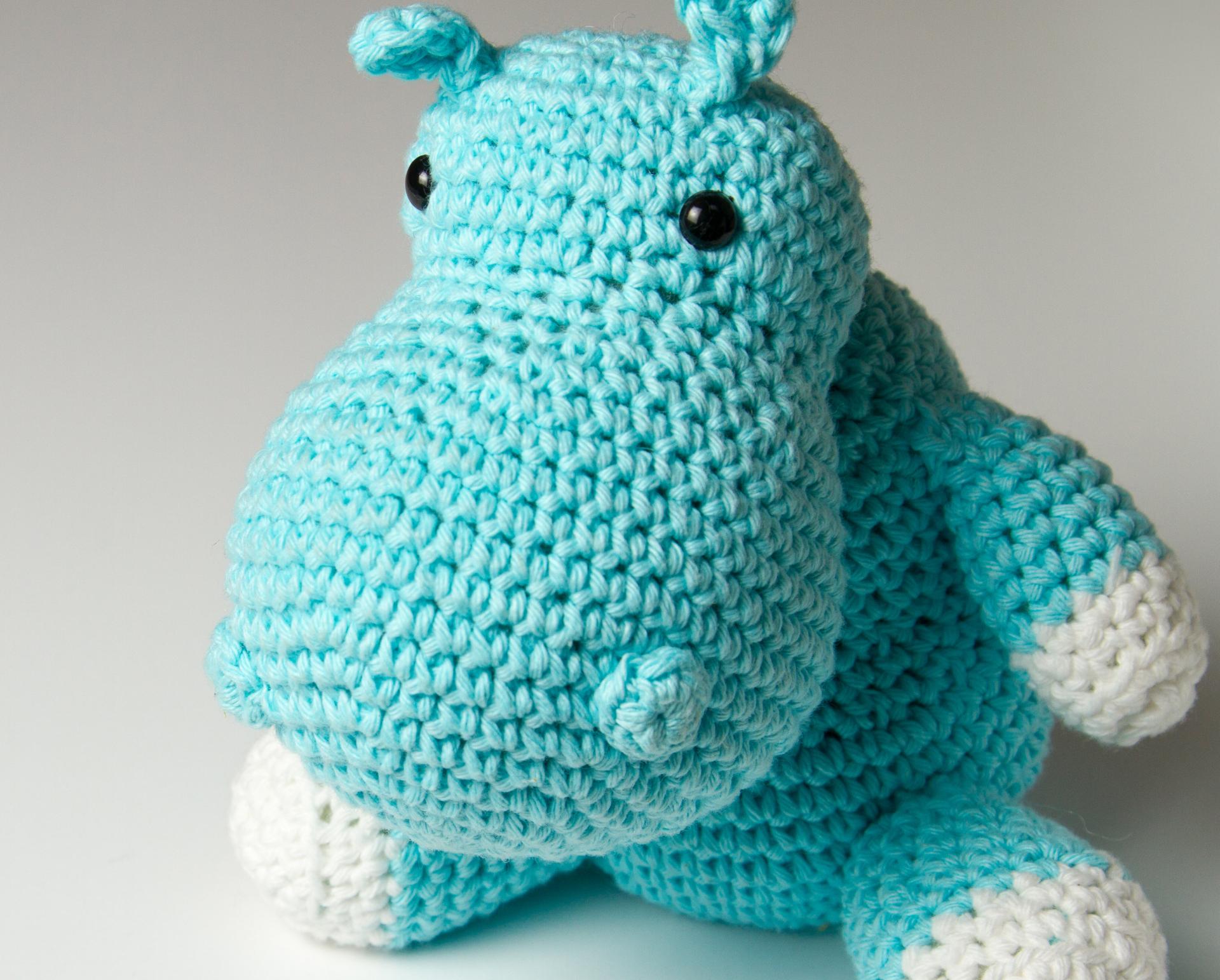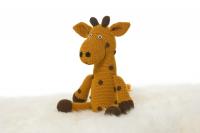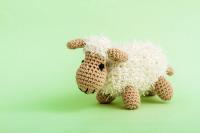Sonny the Lonely Sun Bear
$22.00
The sun bear (Helarctos malayanus) is a bear species occurring in tropical forest habitats of Southeast Asia. It is listed as Vulnerable on the IUCN Red List. The global population is thought to have declined by more than 30% over the past three bear generations. Suitable habitat has been dramatically reduced due to the large-scale deforestation that has occurred throughout Southeast Asia over the past three decades.
The sun bear is also known as the "honey bear", which refers to its voracious appetite for honeycombs and honey.[2] However, "honey bear" can also refer to a kinkajou, which is an unrelated member of the Procyonidae.
Owls are divided into two families: the true (or typical) owl family, Strigidae, and the barn-owl family, Tytonidae.
The sun bear's fur is usually jet-black, short, and sleek with some under-wool; some individual sun bears are reddish or grey.[3] Two whirls occur on the shoulders, from where the hair radiates in all directions. A crest is seen on the sides of the neck and a whorl occurs in the centre of the breast patch. Always, a more or less crescent-shaped pale patch is found on the breast that varies individually in colour ranging from buff, cream, or dirty white to ochreous. The skin is naked on the upper lip. The tongue is long and protrusible. The ears are small and round, broad at the base, and capable of very little movement. The front legs are somewhat bowed with the paws turned inwards, and the claws are cream.[4]
he sun bear is the smallest of the bear species. Adults are about 120–150 cm (47–59 in) long and weigh 27–80 kg (60–176 lb). Males are 10–20% larger than females. Their muzzles are short and light-coloured, and in most cases, the white area extends above the eyes. Their paws are large, and the soles are fur-less, which is thought to be an adaptation for climbing trees. Their claws are large, curved, and pointed.[3][5][6] The sun bear's claws are sickle-shaped; the front paw claws are long and heavy. The tail is 30–70 mm (1.2–2.8 in) long.[7]
This description uses material from the Wikipedia article https://en.wikipedia.org/wiki/Sun_bear, which is released under the Creative Commons Attribution-Share-Alike License 3.0
The sun bear is also known as the "honey bear", which refers to its voracious appetite for honeycombs and honey.[2] However, "honey bear" can also refer to a kinkajou, which is an unrelated member of the Procyonidae.
Owls are divided into two families: the true (or typical) owl family, Strigidae, and the barn-owl family, Tytonidae.
The sun bear's fur is usually jet-black, short, and sleek with some under-wool; some individual sun bears are reddish or grey.[3] Two whirls occur on the shoulders, from where the hair radiates in all directions. A crest is seen on the sides of the neck and a whorl occurs in the centre of the breast patch. Always, a more or less crescent-shaped pale patch is found on the breast that varies individually in colour ranging from buff, cream, or dirty white to ochreous. The skin is naked on the upper lip. The tongue is long and protrusible. The ears are small and round, broad at the base, and capable of very little movement. The front legs are somewhat bowed with the paws turned inwards, and the claws are cream.[4]
he sun bear is the smallest of the bear species. Adults are about 120–150 cm (47–59 in) long and weigh 27–80 kg (60–176 lb). Males are 10–20% larger than females. Their muzzles are short and light-coloured, and in most cases, the white area extends above the eyes. Their paws are large, and the soles are fur-less, which is thought to be an adaptation for climbing trees. Their claws are large, curved, and pointed.[3][5][6] The sun bear's claws are sickle-shaped; the front paw claws are long and heavy. The tail is 30–70 mm (1.2–2.8 in) long.[7]
This description uses material from the Wikipedia article https://en.wikipedia.org/wiki/Sun_bear, which is released under the Creative Commons Attribution-Share-Alike License 3.0





